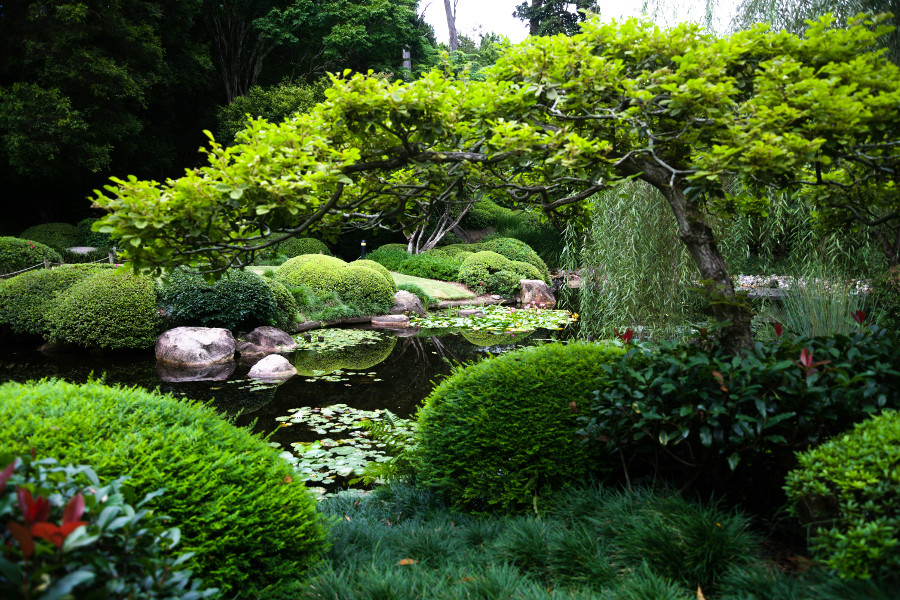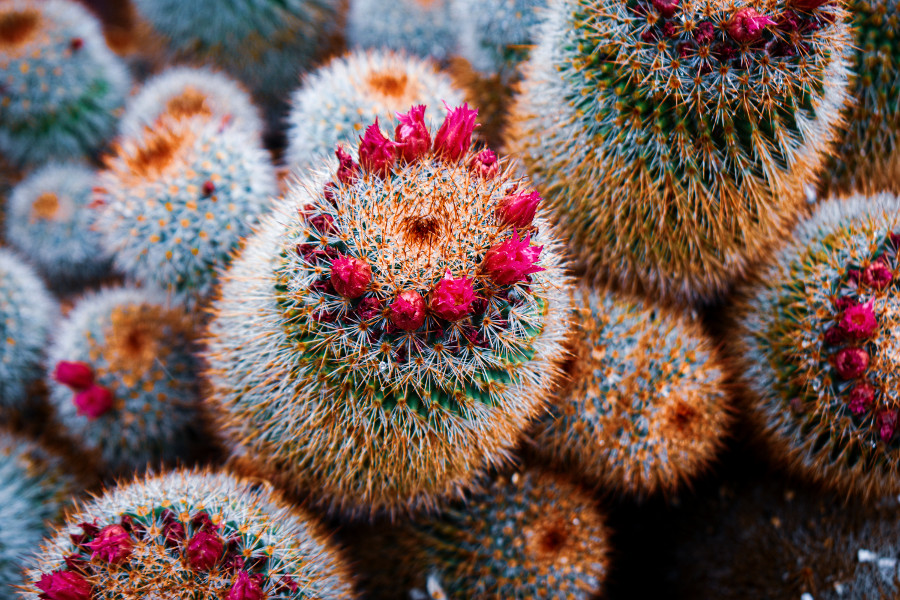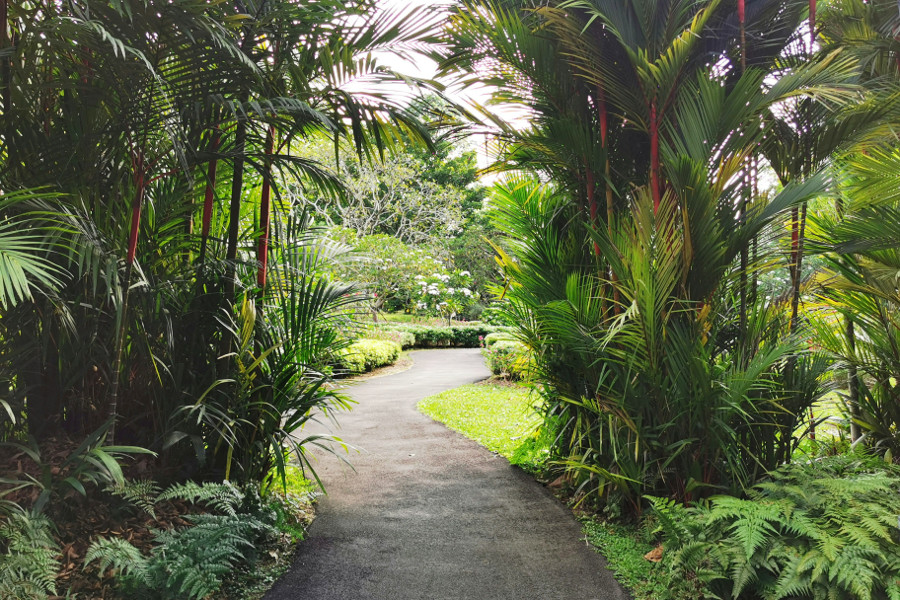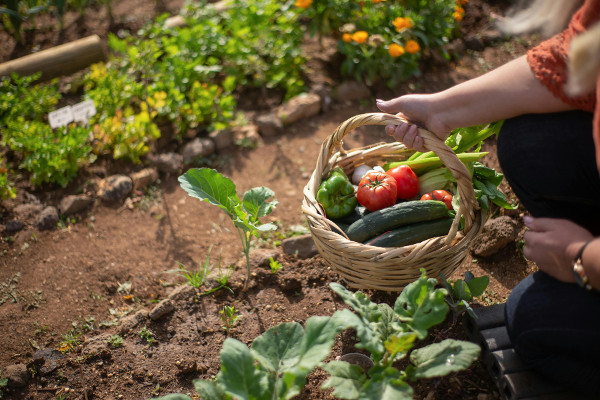What Things and Activities Can You Do in a Botanical Garden to Get the Most Out of Your Visit?
Visiting a botanical garden is a chance to slow down, breathe in fresh air, and connect with nature’s beauty. Whether it’s your first time or you’re a seasoned visitor, knowing a few key tips can transform your trip. From what to wear and how much time to set aside, to understanding accessibility and exploring guided tours, these insights help you fully enjoy every moment surrounded by vibrant plants and peaceful paths. Let’s explore how to make your visit truly memorable.

What should I wear when visiting a botanical garden?
When you visit a botanical garden, comfort is really the key. Think of it as spending time in a living, breathing outdoor museum where you want to feel relaxed and free to wander. Wear clothes that suit the weather – light and breathable for warm days, or layers if it’s cooler. Comfortable shoes are a must because you’ll be walking on paths that might be uneven or winding. Hats and sunglasses can be your best friends in the sun, and don’t forget some sunscreen to protect your skin. The idea is to dress in a way that lets you focus on the beauty around you, not on your sore feet or itchy sweater.
How much time should I plan to spend at a botanical garden?
How long you stay really depends on what you want out of the visit. If you’re just popping in to see the highlights, an hour might do. But if you want to soak it all in – the colors, scents, quiet corners, and maybe a café stop – then two to three hours is a good guess. Larger gardens with special exhibits or greenhouses will naturally take more time to explore. It’s not a race, so give yourself permission to wander slowly, sit and watch butterflies, or read about plants that catch your eye. The more time you have, the more you’ll connect with the peacefulness of the place.
Here are a few useful links:
- Botanic Gardens in Europe – A compilation of European botanic gardens.
- Royal Botanic Gardens, Kew (Official site) – Home to one of the most diverse plant collections in the world, with exhibits and research.
- Reddit discussion: Best Botanic Gardens to Visit in the US – Community recommendations and insights on top U.S. botanical gardens.
Can I bring food or have a picnic in a botanical garden?
This really depends on the garden’s rules. Some botanical gardens welcome picnics in designated spots where you can relax on the grass or picnic tables. Others ask that you don’t bring outside food to protect their plants and keep the space clean. It’s always a good idea to check before you go. If picnics are allowed, it’s best to bring reusable containers and make sure you leave no trace behind – nature appreciates that! And if you prefer, many gardens have cafés where you can grab a snack or a drink, letting you enjoy the garden without worrying about packing food.
Are botanical gardens kid-friendly?
Botanical gardens can be wonderful places for kids to explore and learn. Many have special areas just for children, like interactive exhibits or butterfly houses that invite little ones to touch, see, and discover. The open spaces and winding paths also give kids a safe way to burn off some energy. Parents should keep an eye to make sure delicate plants stay safe, but overall, gardens offer a quiet adventure that combines play with learning about nature’s wonders. It’s a chance for kids to slow down, get curious, and see the world through fresh eyes.

Is photography allowed in botanical gardens?
Most botanical gardens encourage visitors to take photos, which makes sense because these places are so visually stunning. Capturing a flower’s delicate petals or a sun-dappled trail is part of the joy. That said, some gardens have restrictions on professional photography or special equipment like tripods, so it’s good to check ahead if you have something specific in mind. And while snapping away, be mindful of other visitors who are also soaking in the quiet. Taking pictures is a lovely way to hold on to the memory, but the real magic is in being present with what you see.
Are there guided tours available at botanical gardens?
Guided tours are often a highlight of visiting a botanical garden. Led by experts or passionate volunteers, these tours help you see beyond just pretty plants. You learn stories about how certain species got here, their uses, or why some plants need protection. Tours might be scheduled regularly or offered on request, with themes like native plants, medicinal herbs, or seasonal blooms. They turn a stroll into a discovery journey, making the garden feel more alive. Checking the garden’s website or visitor center will tell you what tours are available and when to join.
What types of plants can I expect to see in a botanical garden?
Botanical gardens are like curated museums of the plant world. You’ll find everything from towering trees to tiny ferns, flowering bushes, succulents, and rare species that might be hard to spot elsewhere. Many gardens organize plants by theme – like deserts, tropical rainforests, or local native species – giving you a chance to travel the globe without leaving your city. Seasonal displays highlight bulbs or blooms in their prime, so what you see can change depending on when you visit. It’s a beautiful way to learn about biodiversity and the importance of protecting plants everywhere.
Are botanical gardens wheelchair accessible?
Accessibility is something many botanical gardens take seriously, aiming to welcome everyone who wants to enjoy nature’s calm. Most have paved or smooth paths designed for wheelchairs and mobility aids, along with ramps and accessible restrooms. That said, older gardens or those built in natural landscapes might still have some uneven spots or steps, so it’s wise to check in advance. Some places even offer wheelchairs for loan and have staff ready to help. The goal is to make sure everyone can experience the garden’s peacefulness comfortably and without barriers.

Is there an entrance fee to visit a botanical garden?
Whether or not you pay to enter a botanical garden depends on the garden itself. Some are free, funded by local governments or donations, making them wonderful public spaces for all to enjoy. Others charge admission to support the upkeep of their plants, paths, and educational programs. Fees can vary by age, with discounts for children, seniors, or students. If you plan to visit often, many gardens offer memberships or annual passes. Either way, the entrance fee helps maintain these living treasures and ensures they remain places of learning and beauty for years to come.
Are pets allowed in botanical gardens?
Pets aren’t usually welcome in botanical gardens, mainly to protect the plants and wildlife and to keep the environment peaceful for all visitors. Service animals, though, are almost always allowed as they assist people who need them. Gardens want to avoid the risks pets can pose, like digging, barking, or disturbing the delicate balance of the garden. If you’re hoping to bring your furry friend, it’s best to check the garden’s policy beforehand. Respecting these rules helps keep the garden a safe, serene place for everyone to enjoy.
Are there educational programs or workshops available?
Many botanical gardens offer programs beyond just wandering paths – they host workshops, classes, and talks that invite visitors to dive deeper into the world of plants. You might find gardening lessons, guided nature walks, or kids’ activities designed to spark curiosity about the environment. These educational offerings often connect people to nature in meaningful ways, teaching skills and inspiring care for the earth. Seasonal events or special exhibits sometimes include hands-on workshops too. Check the garden’s website to see what’s coming up – you might discover a new hobby or passion while you’re there.
Do botanical gardens have gift shops or cafés?
Yes, many botanical gardens have little gift shops where you can find plant-related books, seeds, tools, or souvenirs that carry a bit of the garden magic home with you. And cafés? Those are perfect spots to pause and enjoy a coffee or snack, often surrounded by beautiful views. Some cafés even serve fresh, local food and have outdoor seating so you can keep soaking in the atmosphere. Not every garden has these amenities, but if they do, they make the visit feel like a full-day retreat where you can relax, refresh, and maybe find a special keepsake.
Have fun in exploring botanical gardens.



